Nepal History
Nepal has seen many rulers and ruling dynasties. The earliest rulers were the Kirantis who ruled from 9th century B.C. to 1st century A.D. Legends and chronicles mention that the Indian Emperor Ashoka had come to Nepal and visited Lumbini, the place where the Buddha was born, and where he erected a huge stone pillar to commemorate his visit to that spot. The Kirants were replaced by Licchavis who, according to the earliest evidences in inscriptions of the 5th century A.D. found in the courtyard of Changunarayan temple which is about 15 km north east of Kathmandu, ruled this country from 1st century to 9th century A.D. This period is noted for the many temples and fine sculptures built around the Kathmandu valley.
The Licchavis were followed by the Thakuris, then came the Malla dynasty. The Mallas ruled focusing mainly on the Kathmandu Valley which has been the residence for most Nepali rulers from time immemorial. No other part of Nepal is as rich in cultural heritage as Kathmandu . Thanks to the exceptionally talented crafts-men, who dedicated themselves to construct the many temples and statues, we have seven world heritage sites in the Kathmandu Valley itself. In the 14th century A.D. King Jayasthiti Malla established a rigid social order. His grandson tried in every way to protect his country from suspected enemy states. Unfortunately, all his efforts were fruitless, everything went beyond his control and the country eventually divided up into 50 small feudal states including the three major ones in the valley
Then came the Shah dynasty. King Prithvi Narayan Shah who annexed small principalities including three states in the Kathmandy Valley and unified Nepal in a single kingdom. Recognizing the threat of the British Raj in India , he dismissed European missionaries from the country and for more than a century, Nepal remained in isolation. During the mid-19th century Jung Bahadur Rana became Nepal ‘s first prime minister to wield absolute power. The Ranas were overthrown in a democracy movement of the early 1950s. In 1768 A.D. the Shah dynasty ascended the throne of the unified kingdom. His Majesty King Birendra Bir Bikram Shah Dev is eleventh King & Gyanendra Bir Bikram Shah Dev in the Shah dynasty.
The new democratic constitution of the kingdom was promulgated on November 9, 1990 . Nepal is one of the founder members of South Asian Association for Regional Cooperation SAARC of which the third summit was held in Kathmandu in Nov. 1987.
Today, Nepal enjoys a multiparty democratic system.
Nepal geographic
Nepal, a sovereign independent kingdom, (between 80° 4′ and 88° 12′ East longitude and 26° 22′ and 30° 27′ North latitude) is bounded on the North by the Tibet Autonomous Region of the People’s Republic of China, the East-South and West by India. The length of the Kingdom is 885 kilometers east-west, and it’s breadth varies from 145-241 kilometers north-south. The country can be divided into three main geographical regions. From the world’s deepest gorge Kali-Gandaki to Highest point on earth The Mt. Everest.
Himalayan Region: The altitude of this region ranges between 4877 m. – 8848 m. m. It includes 8 of the higest 14 summits in the world, which exceed altitude of 8000 meters including, Annapurna , Dhaulagiri and others.
Mountain Region: This region accounts for about 64 percent of total land area. The Mahabharat range that soars up to 4877 meter and the lower Churia range from it.
Terai Region: The low-land Terai occupies about 17 percent of the total land area of the country. There is no seasonal constraint on traveling in and through Nepal . Even in December and January, when the winter is at its severest, there are compensating bright sun and brilliant views.
The Caste System :
The caste system is still intact today but the rules are not as rigid as they were in the past. Because of western education, contact with foreigners, media, and modern communications, people are progressive in many aspects. In 1962, a law was passed making it illegal to discriminate against the untouchable castes. Hence all castes are equally treated by the law. Education is free and open to all castes
Language:
Nepali, like Hindi, is written in the Dev-nagari script. It is Nepal ‘s national language, apart from being the lingua franca of the country’s divergent communities that speak mutually unintelligible language and dialects. English is also widely spoken and understood in urban areas. In Tourism sector people speaks English, Japanese, French, Spanish, Italian, Chinese and other foreign languages.
Vegetation and Wildlife
Nepal possesses some of the most outstanding bio-diversity in the world, ranging from sub-tropical Rain forests to Alpine deserts. There are more than 6000 flowering plant species in Nepal . There are several native plants which are originated in Nepal . Himalayan Rhododendron is the most famous one.
Wildlife: Nepal has 30 species of large wild animals and approximately 180 species of mammal’s .The one horned rhinoceros, Royal Bengal tiger, crocodile, snow leopard, red panda, Himalayan black bear, and many other wild animals are found in the forests of Nepal . Nepal has 840 different species of wet-land, migratory and residential birds.
————————————————————————————————————————————–
Nepal Visa
———————
When to Go Nepal
————————
Religion and Culture
————————–
Festival
—————————-
Things To Do In Nepal
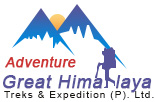
 Saturday, August 30th, 2025
Saturday, August 30th, 2025
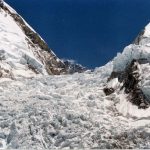 Wednesday, August 27th, 2025
Wednesday, August 27th, 2025
 Wednesday, August 20th, 2025
Wednesday, August 20th, 2025
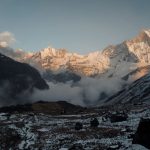 Wednesday, August 20th, 2025
Wednesday, August 20th, 2025
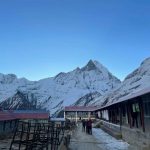 Wednesday, August 13th, 2025
Wednesday, August 13th, 2025
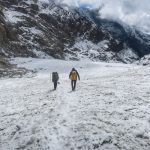 Wednesday, August 6th, 2025
Wednesday, August 6th, 2025
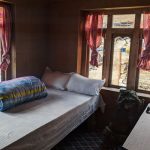 Monday, July 7th, 2025
Monday, July 7th, 2025
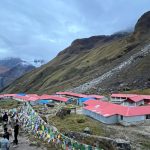 Thursday, July 17th, 2025
Thursday, July 17th, 2025
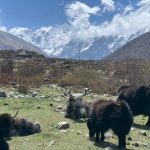 Monday, July 7th, 2025
Monday, July 7th, 2025
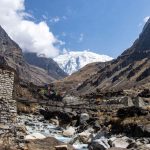 Friday, May 9th, 2025
Friday, May 9th, 2025
 Saturday, June 14th, 2025
Saturday, June 14th, 2025
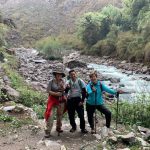 Wednesday, June 25th, 2025
Wednesday, June 25th, 2025
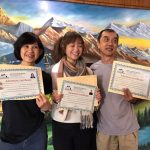 Tuesday, August 5th, 2025
Tuesday, August 5th, 2025
